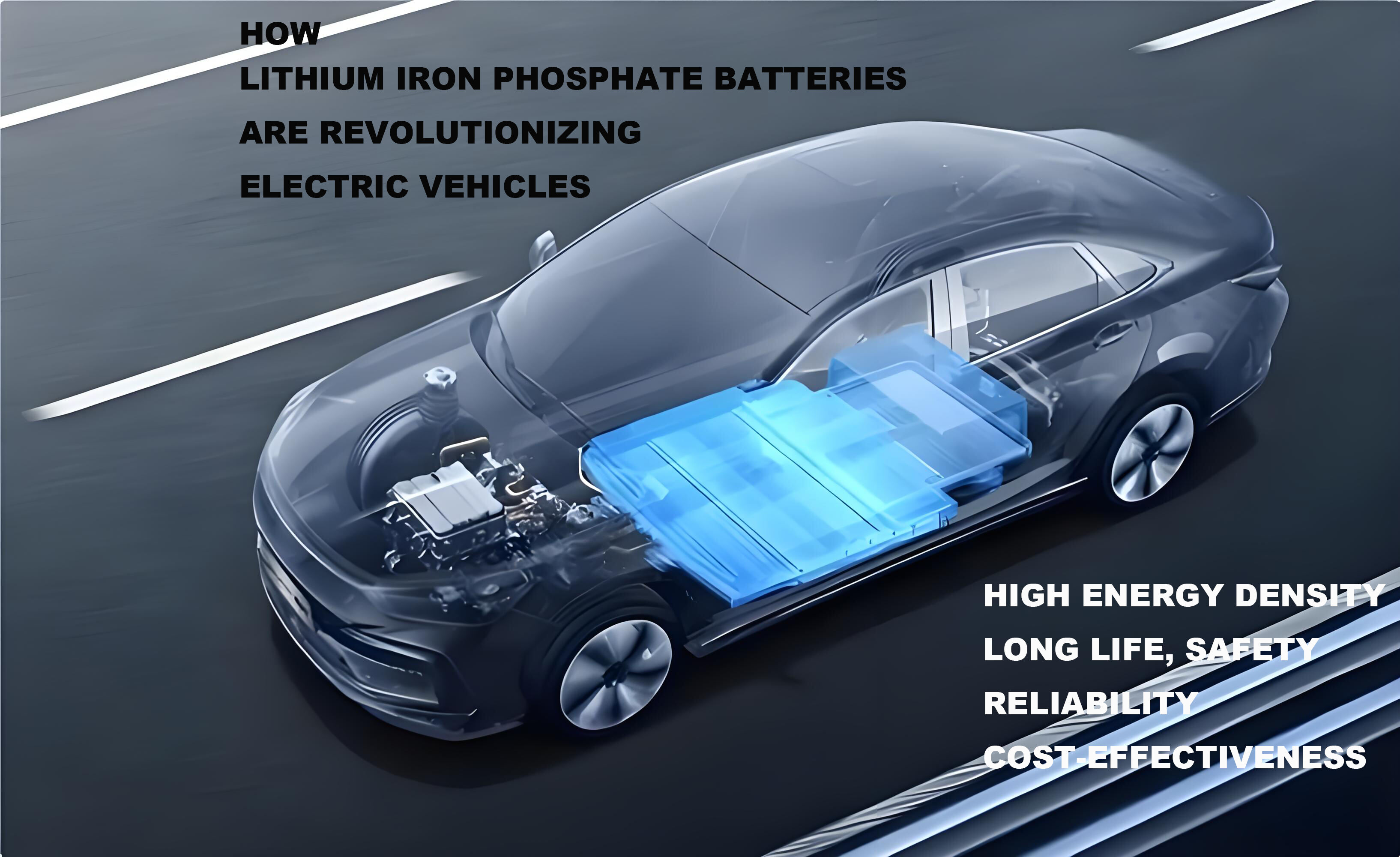Lithium iron phosphate (LiFePO4) batteries are stealing the spotlight in the electric-vehicle world. Mechanics and engineers alike praise them for being tough, safe, and surprisingly long-lasting. As more people insist on greener rides, the story of how these batteries are rewiring the car industry is worth a closer look. This post digs into their perks, lines them up against older battery types, and guesses where the tech will sprint next.
1. Introduction to Lithium Iron Phosphate Batteries
Lithium iron phosphate, usually shorthanded to LiFePO4, keeps things simple by lining its positive electrode with iron and phosphate. That recipe swaps out the cobalt and nickel found in many popular lithium-ions, giving the cell an uncommon level of thermal calm. Heat spikes are rare, fires are even rarer, and the cycle count climbs well past a decade if the charger treats it right. Such rock-solid behavior matters in a vehicle that asks drivers to trust it with every rush-hour commute. As showroom options swell, buyers who understand the lithium-iron difference gain an edge.
Advantages of Lithium Iron Phosphate Batteries
Safety is usually the first thing people mention, and for good reason. Lithium iron phosphate cells rarely overheat, so the dreaded thermal runaway fires that sometimes plague other lithium-ion packs stay mostly out of mind. Drivers can feel a little more relaxed while their battery is plugged in.
Long life is another bragging point. Many Lithium iron phosphate batteries easily cruise past 2,000 charge cycles, cutting replacement costs almost in half over a vehicle's run. That durability matters when every penny counts and most families are parked on the same street for the next decade.
Manufacturers also breathe easier at the recycling plant. The materials in a LiFePO4 cell are simpler to break down and reuse, leaving a lighter footprint compared to nickel-and-cobalt mixtures. As factory floors chase sharper green targets, this tidy life story sits front and center.
Performance in Electric Vehicles
On the road, these batteries still deliver the punch drivers expect. Power output stays even throughout the discharge curve, so nobody feels the car fade out halfway to work. That persistent voltage makes acceleration snappy and steering responsive from the first mile to the last.
Though the peak energy density trails some of its flashier cousins, many manufacturers shrug and call that a fair trade for the other benefits. After all, plenty of commuters would gladly swap a few extra pounds for longer life and fewer headaches.
LiFePO4 batteries are shockingly good at absorbing power and releasing it again almost on demand. That party trick has landed the chemistry in quick-stepping electric cars and city buses that insist on fast pick-up and nerve-racking stop-and-go traffic. Auto engineers adore the extra burst because it lets a sedan leap forward when the light turns green and still keeps the battery cool under the extra strain.
Industry Trends and Future Prospects
The electric vehicle pie is growing, and lithium iron phosphate cells are stealing a bigger slice than most people expected. Carmakers suddenly notice that these bricks handle heat better and cost a bit less when you count the long-haul durability. Researchers, smelling opportunity, are pouring fresh dollars into tweaks that squeeze out extra range and trim the factory bill.
Charging points are popping up in grocery parking lots and office ramps, so topping off a LiFePO4 pack feels less like a scavenger hunt and more like a quick coffee run. Toss in rooftop solar farms feeding the grid at noon, and the guilt about coal-heavy juice starts to fade away. For drivers who care about their carbon footprint, that makes the choice pretty straightforward.
5. Conclusion
Lithium iron phosphate batteries are changing the game for electric cars. They pack in strong safety features, a long life span, and solid day-to-day performance that put lead-acid and nickel-metal-hydride packs on the back shelf. Sales of plug-in and hybrid models keep climbing. That boom spots these phosphate cylinders right in the headlights of tomorrows transit picture. Engineers are still fiddling with chemistry upgrades, and manufacturers lean on greener production tricks, so expect lithium-iron batteries to steer most of the coming growth.

